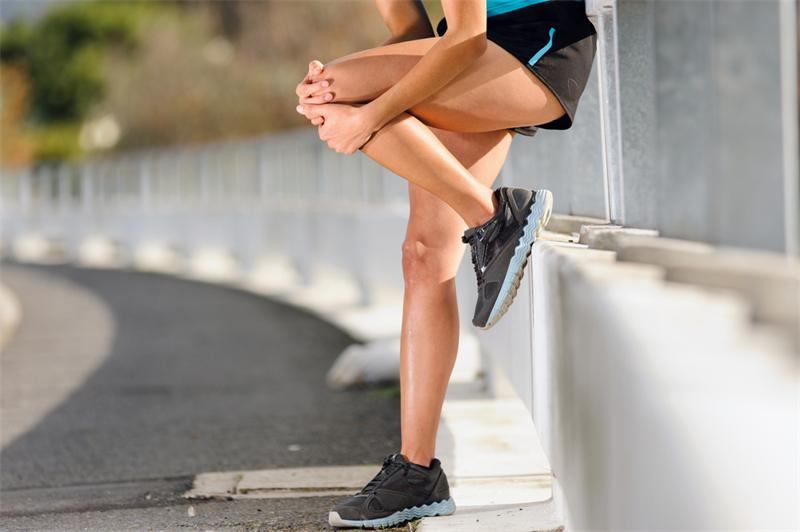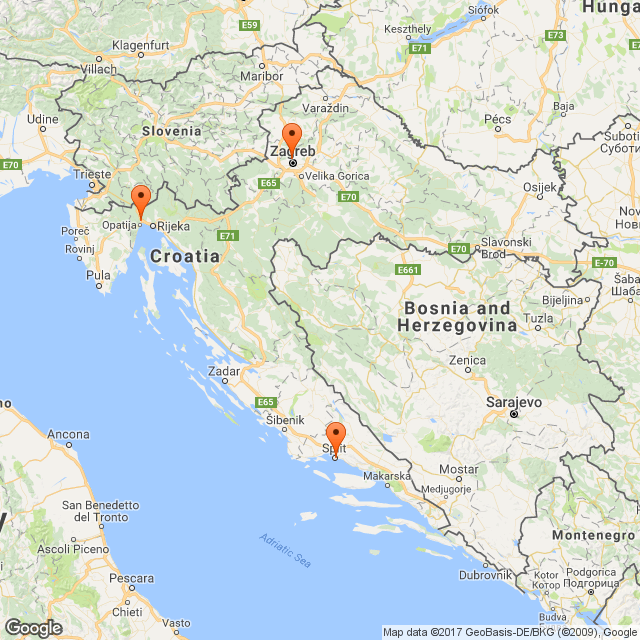Arthroscopies

Arthroscopies
Many knee injuries, early degenerative arthritis and similar damages can be arthroscopically treated. Arthroscopy is a surgical procedure in which a type of endoscope (arthroscope), lens connected to a camera and necessary instruments are inserted into the joint through small incisions. Then, the picture is displayed on the screen. Such a technique reduces trauma to surrounding healthy tissues, which enables much faster recovery and minimal scarring, but requires greater expertise of the surgeon.
Meniscus injuries
The most frequent indications for an arthroscopic procedure are meniscus injuries. The injured part of the meniscus is removed and in younger patients, if possible, the meniscus is stitched up in order to maintain maximum function of the knee and prevent the progress of knee arthrosis.
Cartilage injury
Cartilage injuries can be treated by smoothing the surface or micro-fracturing (little holes being drilled into the bones, which enable a formation of new cartilage tissue). New treatment techniques of such injuries include a transplantation of cartilage of a non-damaged area in the knee to a damaged area, or cultivation of the cartilage in the laboratory and its transplantation into the knee.
A patient undergoing an arthroscopy comes to hospital on the day of the surgery and is released 2 hours after the performed surgery. The patient is able to walk without any help, but because of side-effects of anaesthesia, he or she is forbidden to drive a car or do any physical activity on that very day after the surgery. Walking with crutches is obligatory if one of the cartilage replacement surgeries has been performed. The patient has to walk for 6 weeks with two crutches in order to take off the pressure of the operated leg. If a stitching up of the meniscus has been performed, the patient needs to wear a knee orthosis that enables only a specific span of knee movements while walking as to take off the pressure of the operated leg.
Ligament injuries
The most common injury of the knee ligament is a sprain (rupture) of the anterior cruciate ligament (ACL). In a much lesser degree are the injuries of the posterior cruciate ligament (PCL) or the collateral ligaments (MCL and LCL).
The surgical procedure of reconstructing the anterior cruciate ligament (ACL) is performed arthroscopically. The surgeon first enters the knee arthroscopically and prepares the bone canals for the transplantation. After that, the tendons of the thigh muscles (semitendinozus and gracilis) are removed through an approximately 3.5 cm long incision on the inner part of the lower leg, which are prepared as a transplant. In the last phase of the procedure, the transplant is fixed with bone anchors and resorptive screws in the formerly drilled canals. The surgery lasts for about 45 minutes.
Besides the method of reconstruction with tendon thigh muscles, in specific cases, the applied method is a reconstruction by transplanting a part of the patellar ligament.
Rehabilitation
1st PHASE – 1-2 weeks
Postoperative mobilization of the patient: In the first few weeks, it is important to reduce pain and swell, hematoma and increase the mobility with passive (kinetic) and active exercises. It is important that the patient gets confidence in passive knee stability.
2nd PHASE – 3-6 weeks
The main objective of this phase is to achieve free mobility and physical exertion of the knee. The patient starts to exercise on the bicycle. Gradually the duration and intensity of exercises is increased. The patient has to walk up the stairs.
3rd PHASE – 7-12 weeks
The objective of this phase is increasing the physical exertion, exercises of coordination and strengthening the muscles. It starts with closed kinetic chain exercises (co-contractions), crouches, stepper, etc.
Kinetic open chain exercises such as lifting stretched legs without orthosis are forbidden for the first three months.
4th PHASE – 3-6 months
The objective is to completely return to sports activities. Exercises of complex contraction and specific exercises depend on the sport. Exercises under physical exertion strengthen the muscles.
Back to full sports activity depends on many factors; the type and level of sport, active and passive stability and strength.
It takes about 6 months until the transplant heals completely and the blood vessels grow in. This means that the return to sports activities and a total physical exertion should not be performed earlier than 6 months after the operation.
3D Animation (Meniscus problems - Torn Meniscus Repair)
3D Animation (Meniscus problems - Torn Meniscus Trimming)
3D Animation (Torn ACL - Anatomic Footprint ACL Reconstruction)
3D Animation (Torn ACL - Hamstring Graft)
3D Animation (Patella / KneeCap - Removal of Damaged Cartilage)
3D Animation (Synovial Problems – Removal of Inflamed Synovium)

